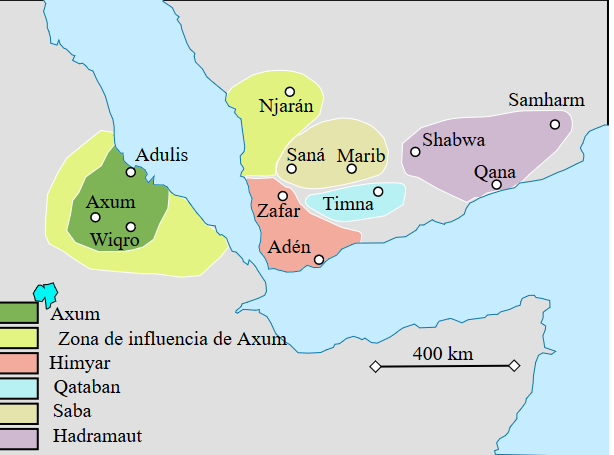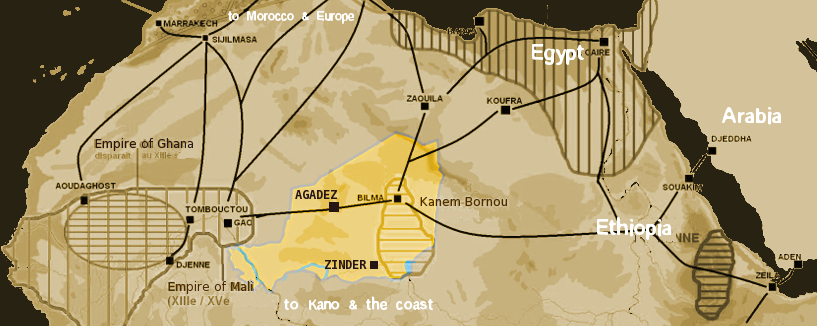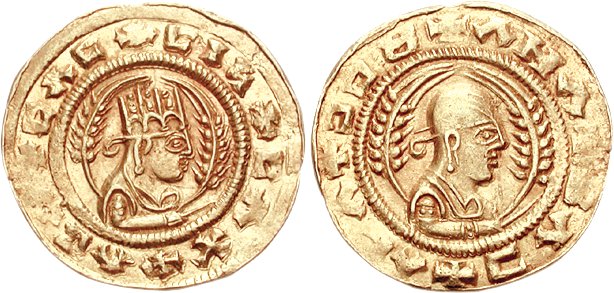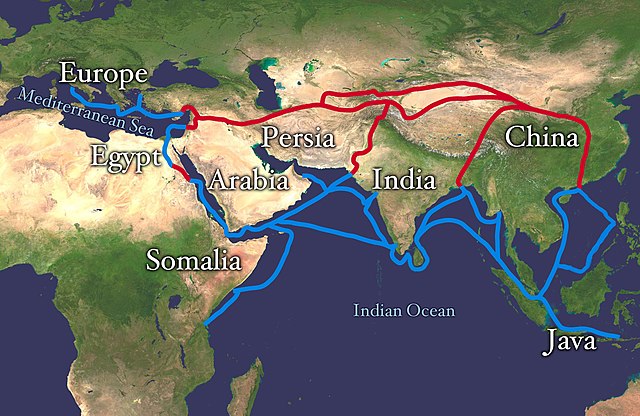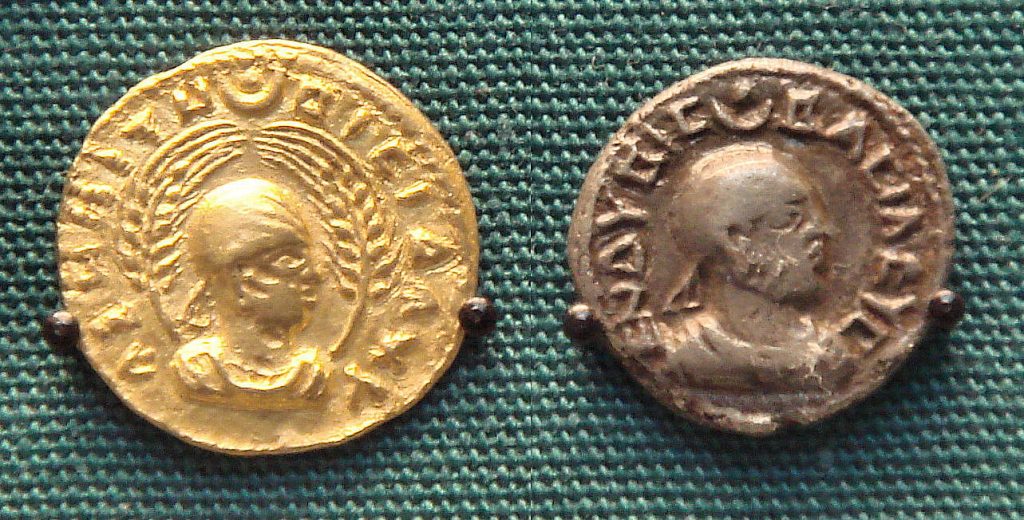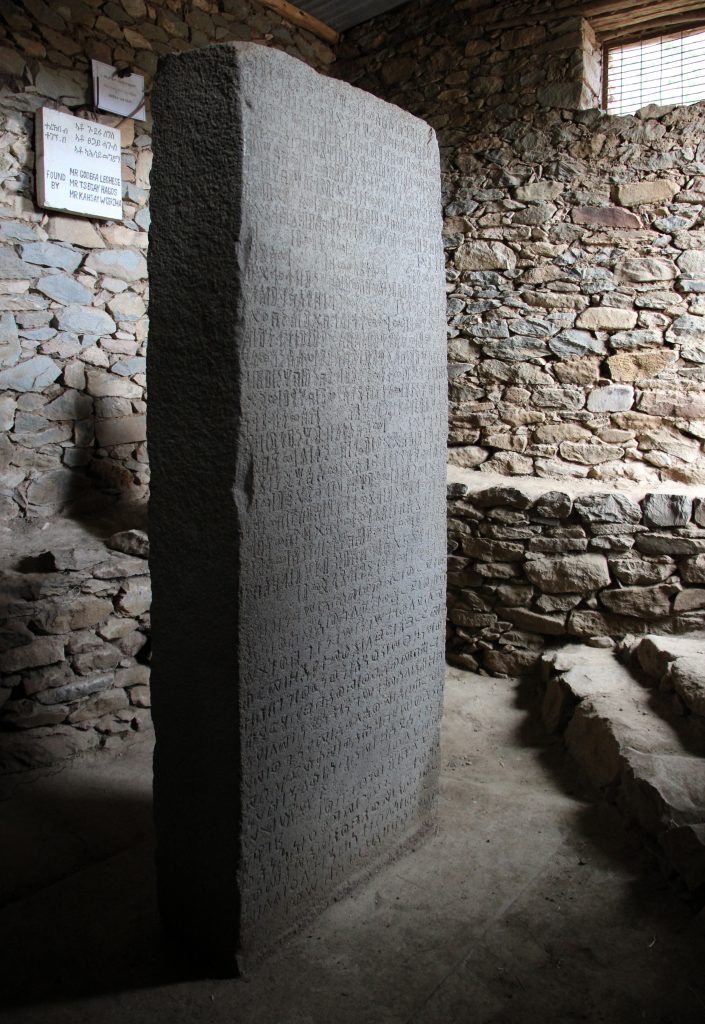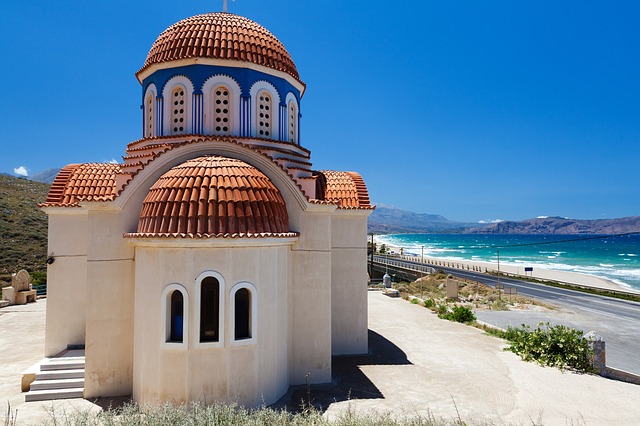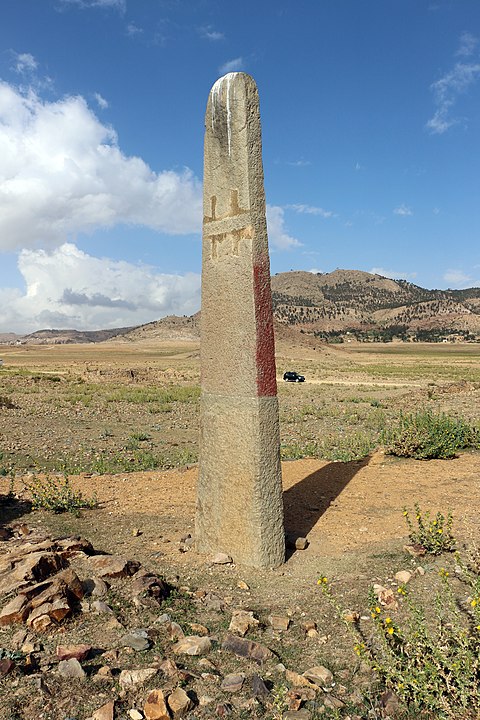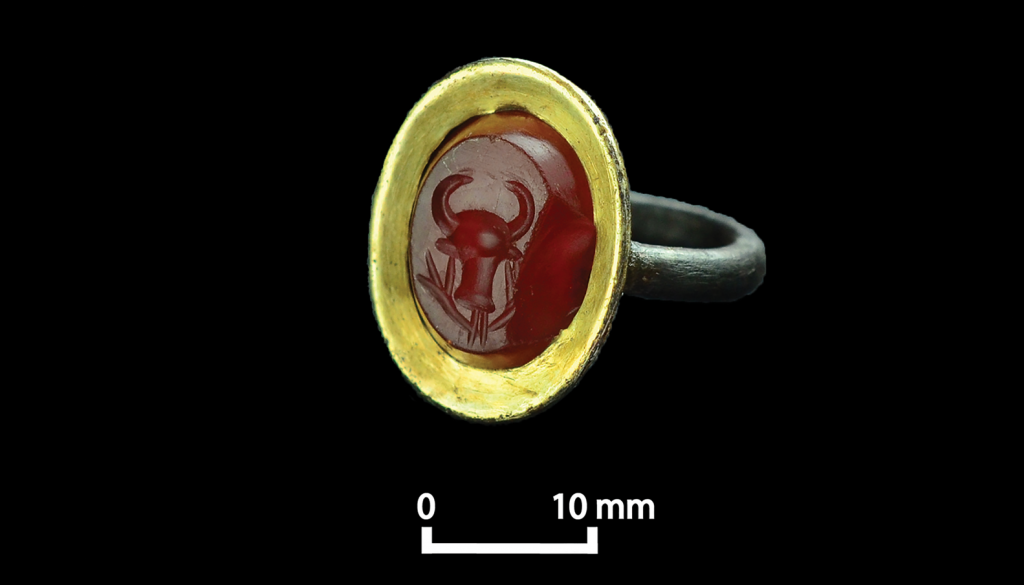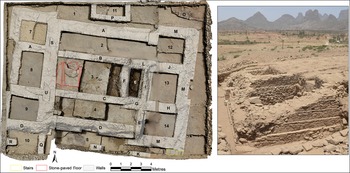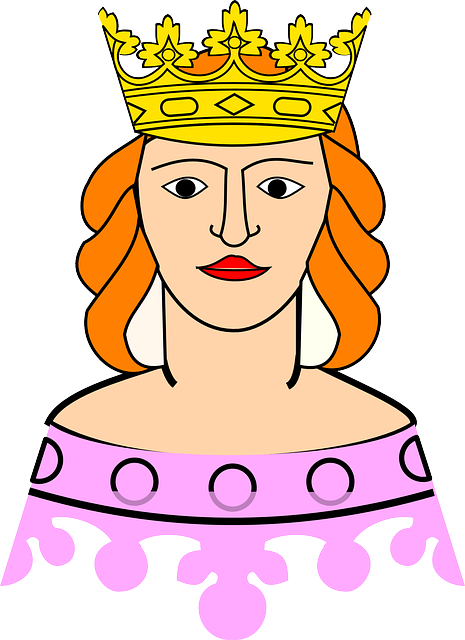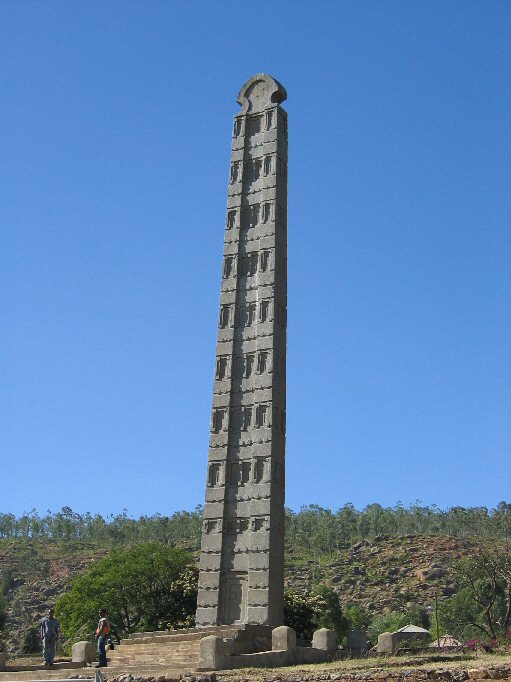Kingdom of Aksum
The Kingdom of Aksum was named as one of the four great powers of its time, along with the Sasanian Empire, the Roman Empire, and the Three Kingdoms of China.
The rulers of Aksum sailed all the seas and traded with India, Africaand Alexandria.
This powerful Kingdom full of riches was around from 80BC to 825 AD and it was at its peak between the 3rd and the 6th centuries.
Where was Aksum?
The capital of Aksum, which was called Axum, was in Tigray. This is in the modern-day country of Ethiopia, in the north east of Africa.
Its territory stretched across modern-day Eritrea, Ethiopia, Somalia, Dibouti, Sudan, Egypt, Yemen and Saudi Arabia.
The Greatest market of north-eastern Africa
Like all great Empires in the Ancient world, this Empire was also built on trade. In Aksum you could find almost anything you wanted, from almost anywhere in the world.
They had cloth, robes, and cloaks from Egypt. You could find wine and olive oil from Italy. People even had Indian iron, steel and cloth.
Some of this iron was used to make spears to hunt elephants and fight wars. Silk and spices came from Asia and ivory and salt came from the rest of Africa.
In exchange for all these fancy goods from abroad, Aksum sold ivory, tortoise shell, gold and emeralds. Aksum was the main supplier of goods for the Roman Empire.
Aksum was an important part of the Silk Road. The Silk Road was not an actual road but was a trade route, where goods and ideas travelled from China, India and the Mediterranean.
The Aksum port of Adulis was the main trading port for a millennium, even though Aksum did not rule this long.
The Kingdom of Aksum traded so much they even made their own currency. Only the biggest empires and civilisations make such fancy currency.
These coins were stamped with important stories and messages to spread around the world, with anyone who traded with the Aksumites. They had Greek and Aksum legends on them.
These coins told people at the time what was happening. You can imagine that historians quite like these coins too, because they are like documents telling us about Aksum and what was important to them at the time.
Ancient Ge’ez
The Aksum also developed their own script, called Ge’ez. To this day, some of the church services in traditional churches use Ge’ez, although it is not widely spoken or understood anymore.
Christianity
Between 320 and 360, the Aksum rulers adopted Christianity under King Ezana.
Ethiopia has been home to Christianity for centuries and there are also Muslims and many other religions in the country now.
It was very famous in ancient times because the Arc of the Covenant was thought to be there. The Arc of the Covenant is an ancient Christian scroll in a golden chest.
It was supposed to have been brought by the Queen of Sheba. Aksum was also the first ever state in history to have a cross on its coins.
A hidden town…
The Aksum kings and queens were fine builders and constructed palaces, churches and homes on mounds of rocks. The largest palace was Ta’akha Maryam.
In 2009, archaeologists made a fascinating discovery with the help of some local people in modern-day Ethiopia.
These people told archaeologists that there was an ancient Aksum town on a hill and they were right!
This hill contained layers and layers of civilisation that were otherwise unknown. It was called Beta Samati.
It must have been quite a fine place because an excavation (dig) uncovered one of the oldest churches in Africa, a basilica, gold rings, coins, inscriptions and pottery.
Decline of Empire
Around the fourth century, writers began to describe the Kingdom as Ethiopia, not Aksum.
Arab writers continued to describe Ethiopia as being big and powerful in the 7th century even though they had lost control of many of their towns and had stopped making coins by this point.
A mystery Queen takes the throne
There are a few stories about how the Kingdom ended. One thing seems certain: a woman took the throne.
One possibility is that it was a Jewish queen named Yodit who defeated all her enemies to take the crown.
The other possibility is that it was a southern queen named Bani al-Hamiya. Historians now think that the reason the Empire ended was because of climate change which led to a long rainy season, making it difficult to grow things.
The end of Empire did not mean that Aksumite traditions ended. If you visit Ethiopia today, you will see many influences in old buildings of Aksum style.
Quiz
Name two products in the Aksum Empire and where they were from.
What did the Aksum have on their coins?
What was the hidden town called?
What was found in the hidden town?
What were the two possible mystery queens?

